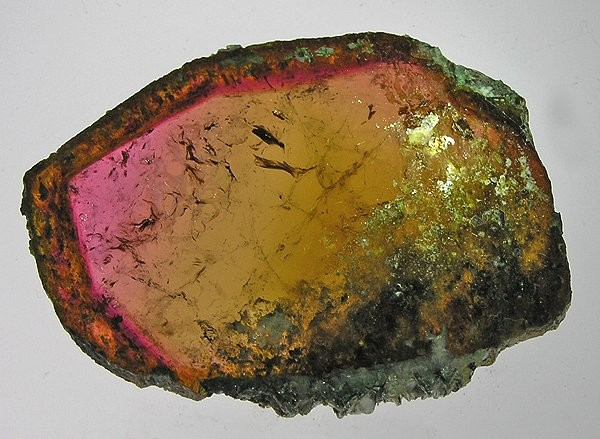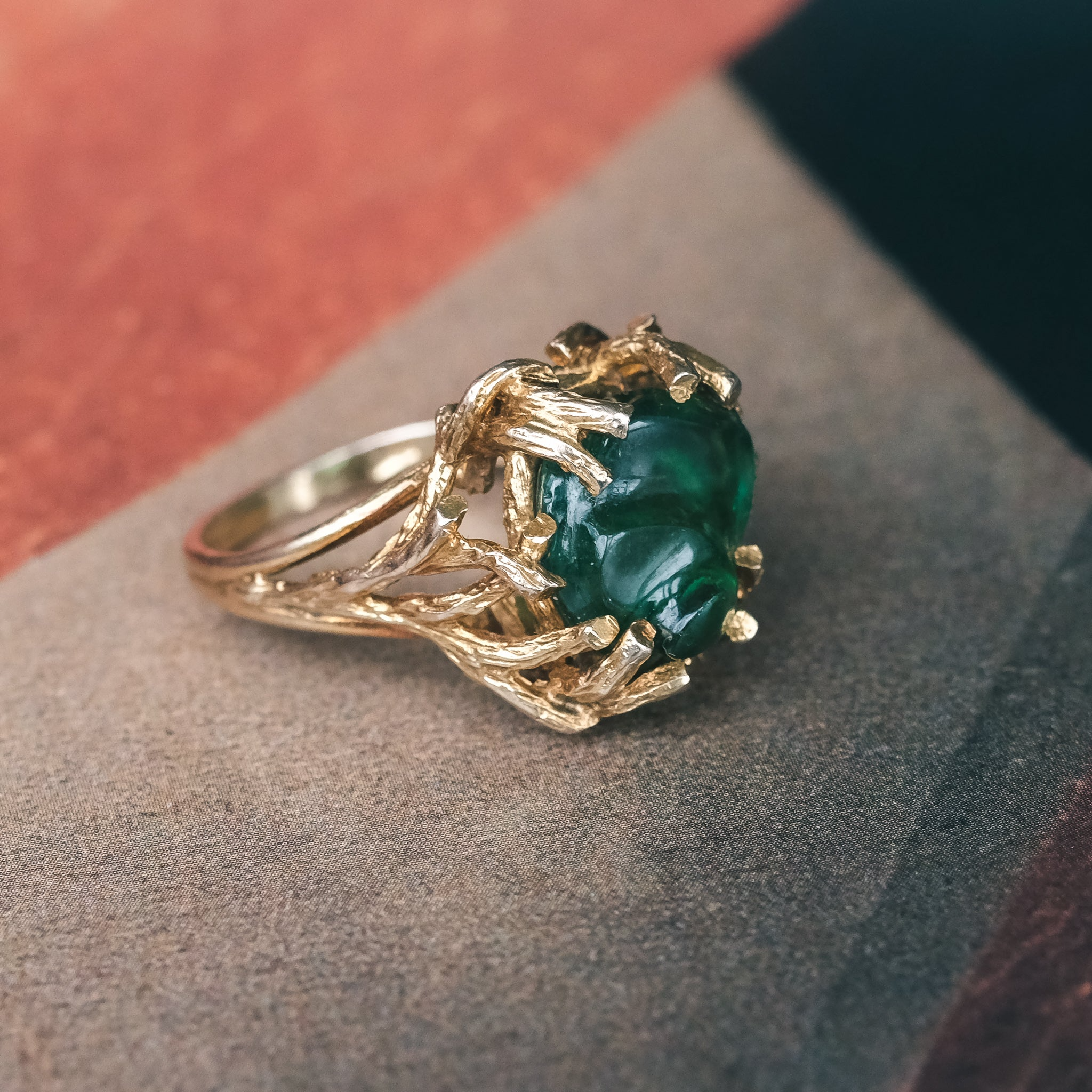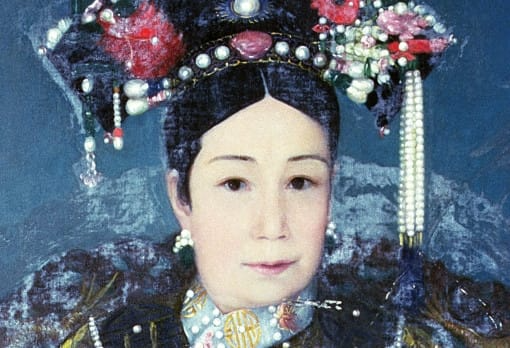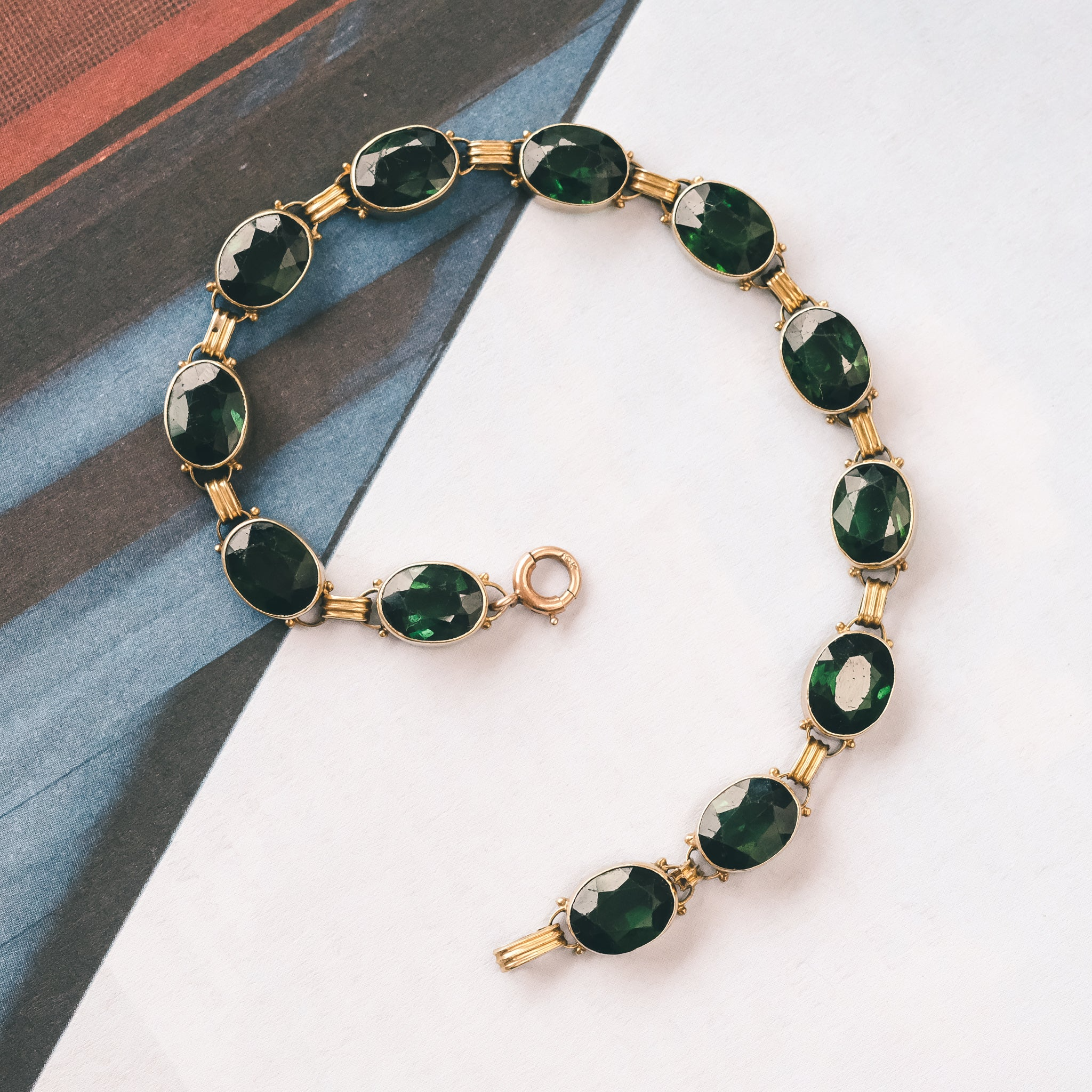TOURMALINE

Tourmaline from the Ambositra District of Madagascar.
The Facts
Tourmaline is not just one gemstone, it's a complex crystalline silicate mineral group which shares the same crystal structure but varies in chemical composition. This diversity allows for an extraordinary variety of colours, making tourmaline one of the most colour-versatile gems on Earth. Tourmaline's vibrant hues arise from its unusual chemistry, with the unique ways that boron is compounded with other elements like lithium, iron, magnesium, sodium, and even copper playing key roles in determining the gem’s colour. Even for the most scientifically-inclined amongst us, its general formula takes some getting your head around:
XY₃Z₆(T₆O₁₈)(BO₃)₃V₃W, where
- X = Ca, Na, K
- Y = Li, Mg, Fe2+, Mn2+, Zn, Al, Cr3+, V3+, Fe3+, Ti4+
- Z = Mg, Al, Fe3+, Cr3+, V3+
- T = Si, Al, B
- B = B
- V = OH, O
- W = OH, F, O
These substitutions and variations are responsible for the variety of tourmaline’s colour palette, with iron-rich gems known as schorl tourmaline usually displaying a black to deep brown hue; magnesium-rich tourmalines which vary from yellow to brown and are identified as dravite; and the most common elbaite species which are lithium based and make up the vast majority of gem-quality tourmalines. Elbaite tourmalines can produce gems which are red to pinkish-red (rubelite), light blue to bluish-green (indicolite), green (verdelite) or colourless (achroite).
In rare cases, tourmaline crystals display multiple colours as a result of the trace elements changing in concentration or composition during the crystal’s growth. The most famous example of this is watermelon tourmaline, with their pink cores and green rinds this phenomenon is really quite special. A particularly impressive use of watermelon tourmaline in jewellery comes from a piece created by Andrew Grima on display in the Cincinnati Art Museum. It features four pieces of watermelon tourmaline dripping with gold and diamonds and the overall effect is striking to say the least. Some tourmalines also show a cat’s eye effect, known as chatoyancy. These gems are most often green, blue, or pink, and display an eye that is softer than that seen in cat’s eye chrysoberyl.

A gold, diamond, and watermelon tourmaline brooch by Andrew Grima.
Perhaps the most interesting and impressive property of tourmaline gemstones is their ability to become electromagnetically charged, as discovered by voyagers of the Dutch East India Company in the 1700s. Black schorl and yellow tsilaisite species of tourmaline have the highest magnetic susceptibilities due to high concentrations of iron and manganese, respectively, within their crystal structures, while red and pink elbaite tourmalines sit firmly at the other end of the spectrum. In order for tourmaline to become charged, heat or friction must be applied to one end, creating a negative and a positive side. When charged, it can attract ash and dust which led some early Europeans to use it to clean out their smoking pipes, earning it the nickname ‘Aschentrekker’ or ‘ash puller’.
Tourmaline is found all around the globe, often in granite and granite pegmatites (iron and lithium-rich tourmalines) and in metamorphic rocks like schist and marble (magnesium-rich tourmalines). Brazil is the most diverse and prolific source of these gemstones, with almost every colour of tourmaline being found here, especially in the regions of Minas Gerais and Bahia. Brazil is also home to the Paraiba tourmaline, a variety known for its intense blue-green colour which comes from the presence of copper in the mineral. Copper-containing tourmaline was also discovered in Nigeria in the late 1990s as well as more recently in Mozambique. Although the colour of these gemstones tends to be less intense than the Brazilian Paraiba, their prices are relatively cheaper, and they tend to be larger and much less included. Gem-quality tourmalines have also been found in the United States, with the first discoveries coming from Maine in 1822, followed by California in the early 1900s. The Maine deposits tend to produce raspberry pink and red crystals, as well as minty greens, while the California deposits are known for bright pinks and bi-colour gemstones. To enhance colour, some tourmalines undergo heat treatment or irradiation. For example, overly dark red stones can be lightened by careful heating, and the pink colour in manganese-containing stones can be increased to produce vivid rubellite-like tones after exposure to gamma rays or electron beams.

1960s Tourmaline Nest Ring, Available Now.
The Legend
Despite only being recognised as a distinct mineral species in the 1800s, it is likely that people have been using tourmaline as a gem for centuries but, until the development of modern mineralogy, have identified it as some other stone based on its colouring. The confusion about the identity of these stones is even reflected in its name, which comes from the Singhalese word ‘tormalli’, meaning ‘mixed gems’.
One of the most poetic origin stories comes from an ancient Egyptian legend, where tourmaline was said to have travelled along a rainbow on its journey from the centre of the Earth to the surface, gathering the diverse array of colours as it went. To the Egyptians, this stone represented unity in diversity: a singular gem that contained all the colours and energies of the natural world.
But it is not only the multicoloured nature of tourmaline that holds symbolic meaning; each distinct hue of the stone is thought to hold a different kind of power too. Black schorl tourmaline has been used as a protective talisman, acting as a powerful shield against negativity. It was believed to hold the Earth’s oldest wisdom and to create an energetic boundary that would ward off impure forces, inspiring its use in protective rituals and burials to deter malevolent spirits. The curious electromagnetic properties of schorl tourmalines also sparked beliefs that the stone had ‘drawing’ powers, capable of pulling truth out of lies, love out of loneliness, and clarity out of confusion.

Portrait of Empress Dowager Tz’u-Hsi in a headress adorned with pink tourmaline and pearls.
As far as the other colours go, red tourmaline is associated with love and passion, making it a popular choice for romantic jewellery; green acts as a symbol of vitality, growth, and abundance; brown is associated with emotional healing and stability; yellow is believed to boost self-confidence and creativity; and the blue variety of this gemstone embodies serenity and clarity. Pink tourmaline has been credited with offering protection from bad luck and emotional instability and, in Chinese traditions, is believed to strengthen the wearer’s qi (life force), which is thought to govern all physical and mental processes. This blend of beauty and spiritual potency made pink tourmaline a beloved gem of China’s elite during the Qing Dynasty, with Chinese Dowager Empress Tz'u Hsi importing tonnes of it from California during the late 19th century. There, craftsmen carved the tourmaline into jewellery and ornaments, as well as pieces used in funerary rituals to ensure a peaceful journey to the afterlife. The miners in California became so dependent on this trade with China that when the Chinese government collapsed in 1912, so did the US tourmaline trade.

Snuff bottle dating from the Qing Dynasty carved from green tourmaline, the interior stained blue, with a pink tourmaline stopper and wood stand.
Tourmaline’s multicoloured nature serves as a powerful reminder that balance can be found in conflict, beauty can be multi-faceted, and that strength can come in many forms. And, as one of the October birthstones (the other being opal, which you can read about here), it is a gemstone as versatile and changeable as the season itself.
The Specifics
Composition: Complex boro-silicate of aluminium, magnesium and iron
Crystal System: Trigonal
Lustre: Vitreous, sometimes resinous
Colour: All colours
Inclusions: Irregular thread-like cavities, flat films and healed fractures
Refractive Index (RI): 1.62 to 1.65
Transparency: Transparent to opaque
Hardness: 7 to 7.5

Mid-Century Bottle Green Tourmaline Bracelet, Lost Owl Archive.

